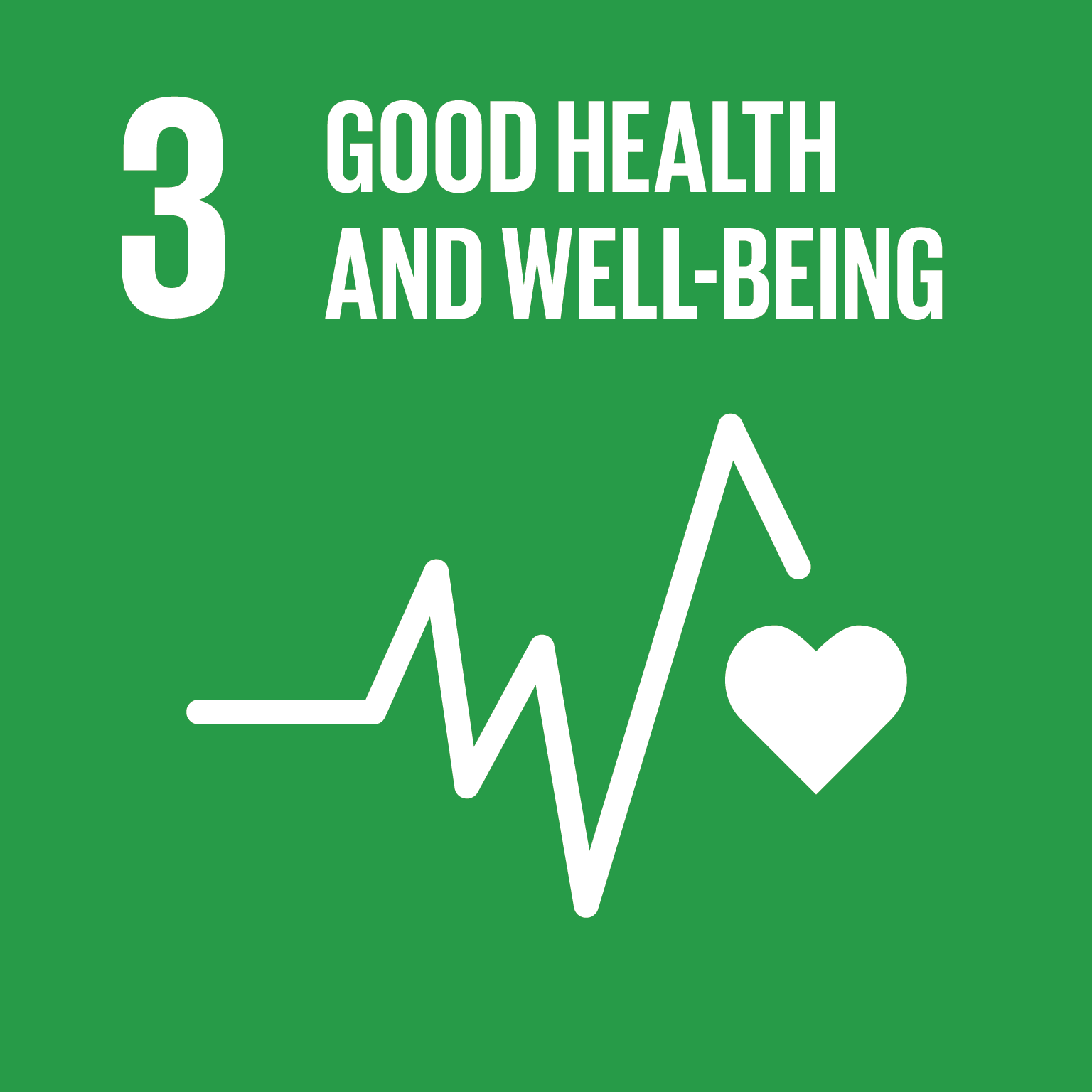Assessing gene-environment interactions in genome-wide association studies: Statistical approaches
By Phillip C. Cooley, Robert Fred Clark, R. E. Folsom.
May 2014 Open Access Peer Reviewed
DOI: 10.3768/rtipress.2014.rr.0022.1405
Abstract
In this report, we address a scenario that uses synthetic genotype case-control data that is influenced by environmental factors in a genome-wide association study (GWAS) context. The precise way the environmental influence contributes to a given phenotype is typically unknown. Therefore, our study evaluates how to approach a GWAS that may have an environmental component. Specifically, we assess different statistical models in the context of a GWAS to make association predictions when the form of the environmental influence is questionable. We used a simulation approach to generate synthetic data corresponding to a variety of possible environmental-genetic models, including a “main effects only” model as well as a “main effects with interactions” model. Our method takes into account the strength of the association between phenotype and both genotype and environmental factors, but we focus on low-risk genetic and environmental risks that necessitate using large sample sizes (N = 10,000 and 200,000) to predict associations with high levels of confidence. We also simulated different Mendelian gene models, and we analyzed how the collection of factors influences statistical power in the context of a GWAS. Using simulated data provides a “truth set” of known outcomes such that the association-affecting factors can be unambiguously determined. We also test different statistical methods to determine their performance properties. Our results suggest that the chances of predicting an association in a GWAS is reduced if an environmental effect is present and the statistical model does not adjust for that effect. This is especially true if the environmental effect and genetic marker do not have an interaction effect. The functional form of the statistical model also matters. The more accurately the form of the environmental influence is portrayed by the statistical model, the more accurate the prediction will be. Finally, even with very large samples sizes, association predictions involving recessive markers with low risk can be poor
![]() © 2025 RTI International. This work is licensed under a Creative Commons Attribution-NonCommercial-NoDerivatives 4.0 International License.
© 2025 RTI International. This work is licensed under a Creative Commons Attribution-NonCommercial-NoDerivatives 4.0 International License.
To contact an author or seek permission to use copyrighted content, contact our editorial team

